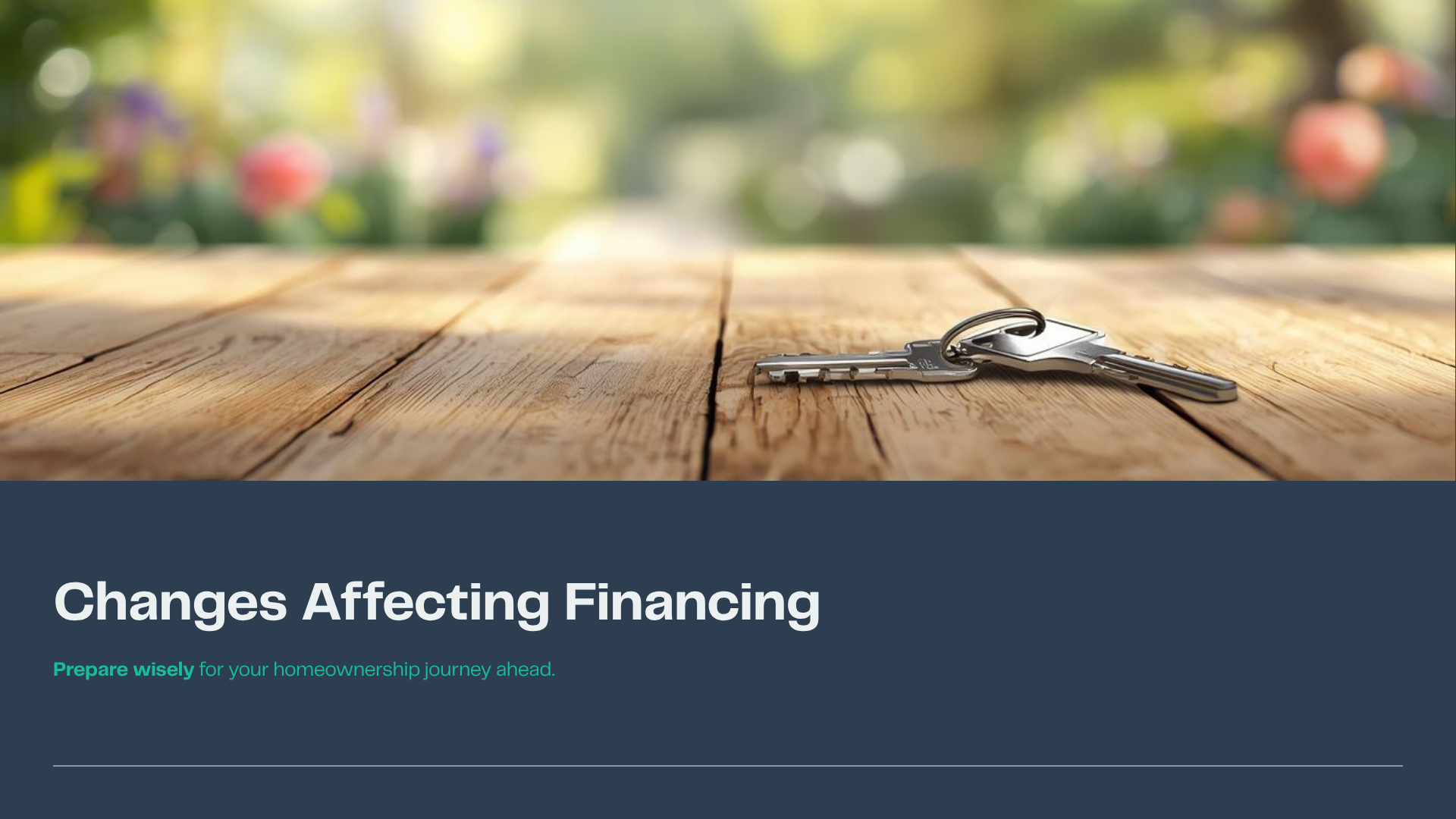Private Lenders
The easy fix isn’t always the right fix.
I’ve been wondering how long it would take to see the fallout as clients who have been paying really low interest rates come up for renewal.
We have all experienced a steep increase in the cost of living. Even though rates now are sitting where most clients qualified with the stress test when they originally got their mortgages, for many people life has happened in the meantime.
What do I mean by that?
Often clients are having to push right to the top of what they qualify for just to get into the housing market. As we are going through the mortgage approval process we talk about keeping big consumer purchases (financing a car or furniture as an example) to a minimum as additional loan payments reduce borrowing power.
Once clients are into a home life does indeed happen. The older car dies and a new car is necessary. Little ones come along and that can affect family income and add a daycare bill to the bottom line. Property taxes increase. Grocery prices skyrocket. You know the list.
Balances start creeping up on credit cards or lines of credit.
There are lots of different mortgage products to help with consolidation of debt. Lately the challenge has been that even if clients have significant equity in their homes with the increased interest rates they may not qualify with traditional lenders.
Alternative lenders and private lenders come into play as options in this case. I’ll leave the alternative lenders to another day because I have a cautionary tale about private lenders.
Not all private lenders are created equal. I have several that I work with when my clients need a solution in the private world.
There is a time and a place where a private mortgage is the ideal fit. As long as you have an exit strategy (a plan as to how it will be paid out in a relatively short time frame ie: one year) this can be a great option for clients.
Then there is the private lender that hurts my heart.
Heavy catchy marketing bombards us from multiple venues. Their jingle is running through my head as I write this. For them the bottom line is that if you have adequate equity in your home you are approved.
Cool. That fixes the immediate problem. However, more times than I like to think about, this lender creates far bigger problems for people.
Despite the fact that you have equity in your home you still have to make the payments on these private mortgages. Interest rates are usually around the 14% mark so payments are high and you are not making any headway with paying down the mortgage.
If there is no significant increase in your income you struggle and find yourself in a financial bind again. They set up another mortgage with an even higher rate.
When you sign on for a private mortgage your are responsible for covering your legal fees, the lender’s legal fees, and there is also a lender fee that is included. Even a small private mortgage can end up costing almost $10,000 to put in place.
If you couldn’t cover expenses with your first mortgage (at reasonable rates) guess what happens when you start adding in more and bigger payments on top of your normal expenses?
For most people the only out at this point is selling their home.
That is a very hard conversation for me to have with clients, especially when they’ve been in their home for many years.
If you are finding that there is more month than money, sitting down and reviewing your expenses is the first step to take. Are there any areas that you are able to cut back? Do you have any options for increasing your income?
If the answer is no, talking to a mortgage professional sooner rather than later may help identify some options before you end up in a never-ending cycle of sleepless nights and missed payments.






